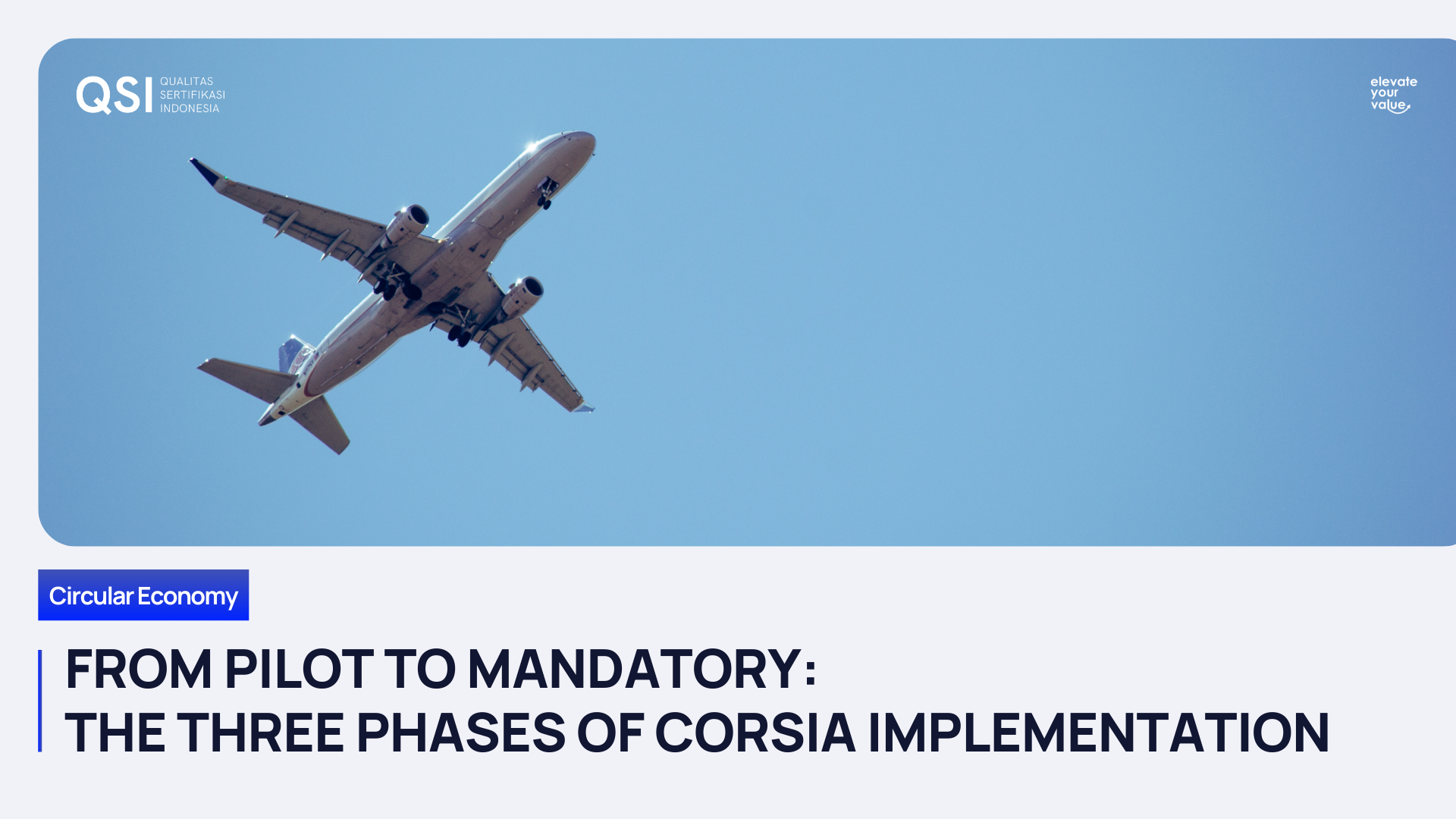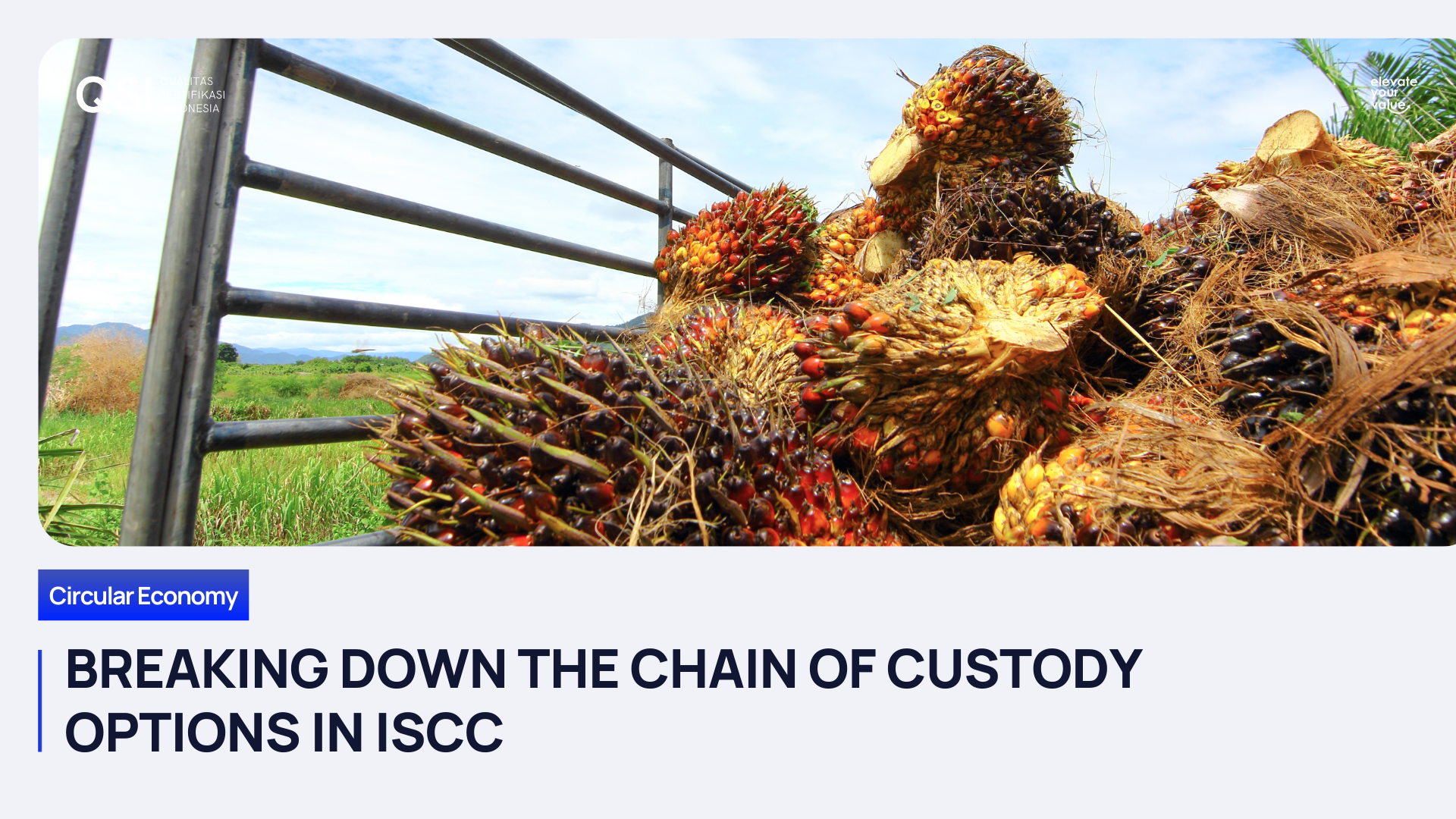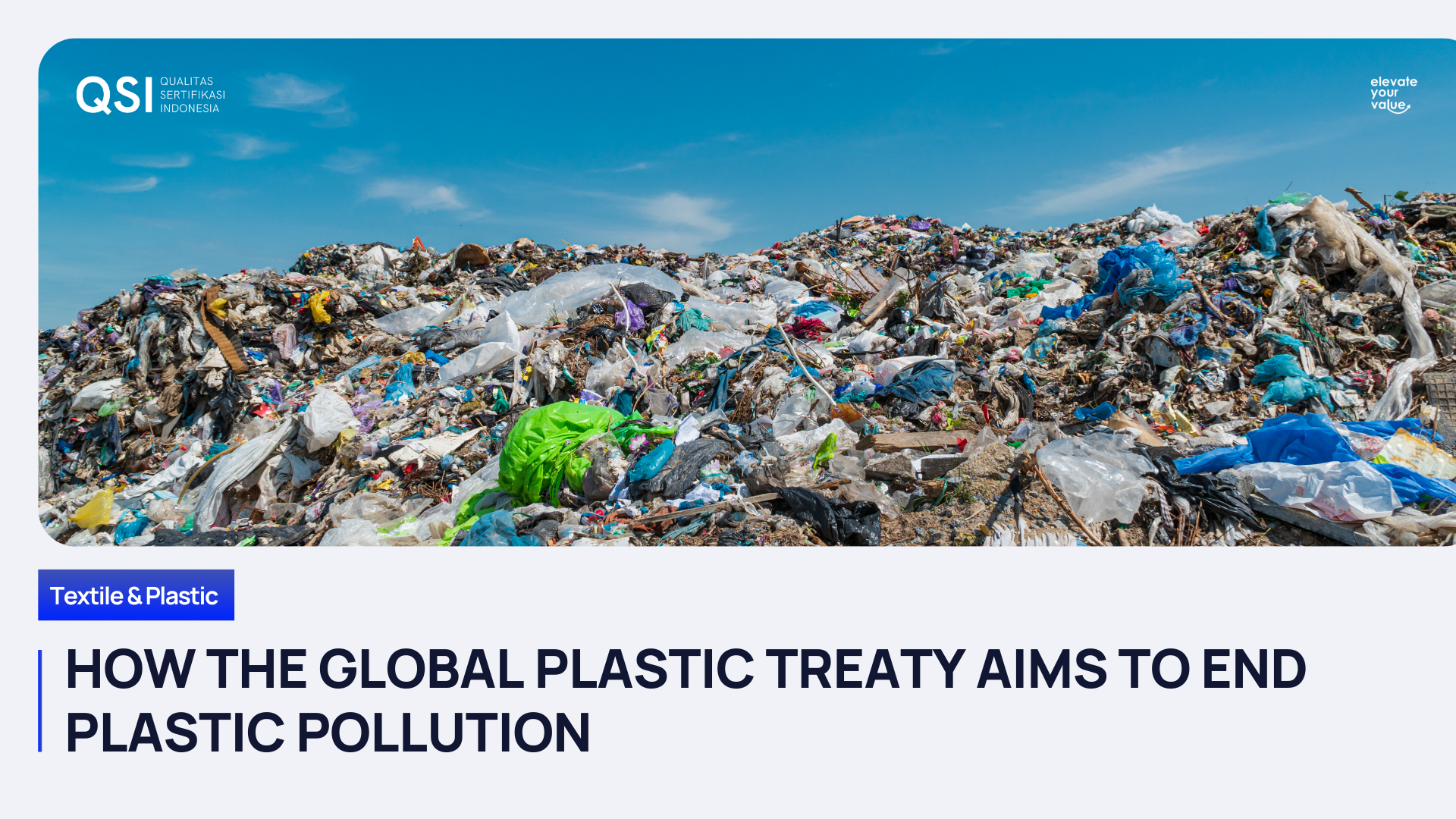Belajar Terapi Kesehatan Dari Jepang dengan Forest Bathing

Di era berkembangnya teknologi secara cepat dan tekanan untuk selalu produktif, secara tidak sadar juga ikut mempengaruhi gaya hidup seseorang. Budaya gila kerja atau hustle culture saat ini kerap dibahas dan jika dibiarkan berlanjut tanpa pengelolaan yang baik, bisa menjadi salah satu alasan seseorang mengalami stres, bahkan membahayakan kesehatan fisik.
Untuk mengimbangi kesibukan yang ada, tidak ada salahnya untuk mengambil jarak dan beristirahat sebentar. Di Jepang, ada satu terapi yang dianggap ampuh untuk menenangkan pikiran dan membantu menjaga kesehatan, yaitu
Forest Bathing.

Apa itu forest bathing?
Forest Bathing adalah metode pengobatan asal Jepang yang dikenal dengan nama shinrin-yoku. “Shinrin” berarti hutan, sementara “yoku” adalah mandi. Aktivitas ini dalam makna lain bisa berarti membiarkan diri menyerap dan meresapi atmosfer hutan, menghujani diri dan seluruh indra dengan suasana tenang yang ada di dalamnya.
Psikolog Wara Rahmawati dalam Buletin Jagaddhita Vol. 1 menyebut kegiatan ini dapat membantu menurunkan suasana atau emosi negatif, seperti rasa tegang, amarah, Lelah, serta secara signifikan mengurangi level kecemasan. Hal ini akan sangat membantu bagi seseorang yang merasa hidupnya terlalu sibuk untuk bersantai sejenak dan menikmati momen yang ada.
Manfaat forest bathing bagi tubuh
Seperti yang disebutkan sebelumnya, suasana tenang dan damai saat berada di hutan, atau ruang terbuka hijau lainnya yang jauh dari keramaian, dapat membantu seseorang untuk merasa lebih rileks dan santai. Tapi selain itu, ada manfaat lain yang bisa diraih dari terapi ini.
- Berlatih fokus pada saat ini
Dengan menikmati suasana alam yang ada dan momen saat itu, forest bathing membantu untuk fokus pada situasi saat di lokasi atau menikmati momen yang tengah dijalani (mindful). Hal ini sama seperti saat melakukan meditasi, dengan seluruh indra menjadi lebih fokus dan sensitif pada lingkungan sekitar. Saat melakukan forest bathing, upayakan untuk tidak terlalu sering berinteraksi dengan gawai atau media sosial. Kurangi waktu melihat layar dan nikmati momen yang ada untuk mengisi ulang energi yang sebelumnya telah habis terpakai.
- Mengurangi stres
Tim peneliti asal Nippon Medical School Tokyo dalam penelitiannya menemukan bahwa partisipan yang terbiasa melakukan forest bathing ternyata memiliki tekanan darah lebih rendah dibanding yang lain. Di sisi lain, dengan kegiatan ini kadar kecemasannya berlebihnya bisa menurun, sehingga pikiran menjadi lebih tenang. Hormon stress dalam tubuh, seperti adrenalin, dapat menurun jika dalam beberapa waktu dihabiskan untuk menikmati dan meresapi suasana hutan. Tidak hanya sekedar mengurangi kadar stress, forest bathing juga disebut-sebut ampuh untuk mengatasi kondisi stres kronis. Hal ini menjadi penyebab beberapa psikolog merekomendasikan terapi tersebut.
- Meningkatkan kekebalan tubuh
Selain berdampak pada kondisi mental, terapi ini juga membawa angin segar bagi kesehatan fisik, yaitu kekebalan tubuh. Tanaman dan pepohonan secara alami mengeluarkan zat phytoncide atau senyawa organic yang mampu melindungi mereka dari kuman dan serangga perusak. Nah, dengan menghirup udara hutan dengan zat ini dapat meningkatkan sel natural killer (NK) dalam tubuh, yang bertugas melawan infeksi dan kanker. Sebuah studi asal Jepang pada 2007 membuktikan, aktivitas dan jumlah sel NK mengalami peningkatan pada orang yang melakukan terapi
forest bathing. Selain membawa dampak pada imun, hal ini juga membantu untuk tidur lebih nyenyak, memperbaiki mood, serta meningkatkan kreativitas.

Di mana kita bisa melakukan forest bathing?
Di Indonesia, ada beberapa hutan yang bisa dimanfaatkan untuk melakukan terapi ini. Salah satunya adalah Hutan Pendidikan Gunung Walat di Sukabumi, yang merupakan hutan pendidikan Fakultas Kehutanan dan Lingkungan IPB. Selain itu, ada juga Taman Wisata Alam Puncak Bintang KPH Bandung, Orchid Forest Cikole, serta Cikaniki Research Station di Balai Taman Nasional Gunung Halimun Salak.
Selain di hutan, terapi ini juga bisa dilakukan di tempat-tempat dengan banyak pepohonan, suasananya tenang, pemandangan indah, serta udara yang segar. Tak hanya itu, pastikan tempat yang akan dikunjungi memiliki jalur yang cukup luas, datar dan nyaman untuk berjalan kaki. Atau, bisa dengan mendatangi taman-taman kota dan menikmati atmosfer di sekitar tanpa distraksi, terlebih gawai, sehingga bisa merasa nyaman dan rileks.
PT Qualitas Sertifikasi Indonesia sebagai perusahaan yang memiliki kepedulian terhadap keberlanjutan dan perlindungan lingkungan, menyediakan layanan sertifikasi SVLK dan menerbitkan dokumen V-Legal. Sertifikasi ini berfungsi untuk menjaga hutan dari pembalakan liar, sehingga kegiatan-kegiatan di alam yang membawa manfaat seperti forest bathing ini bisa terus dilakukan. Yang mau tahu informasi lebih tentang SVLK atau layanan yang ada, bisa klik link berikut ini.



General Inquiries
Phone
+62 21 2949 1946
Headquarter
The CEO Building, Level 12th
Jl. TB Simatupang No. 18C
Cilandak Barat, Cilandak
Jakarta Selatan, DKI Jakarta 12430
Indonesia
Operational
Menara Sun Life, 7th Floor
Jl. Dr. Ide Anak Agung Gde Agung Blok 6.3
Kuningan Timur, Setiabudi
Jakarta Selatan, DKI Jakarta 12950
Indonesia
Programs
Quick Links
Qualitas Sertifikasi Indonesia
PT Qualitas Sertifikasi Indonesia

